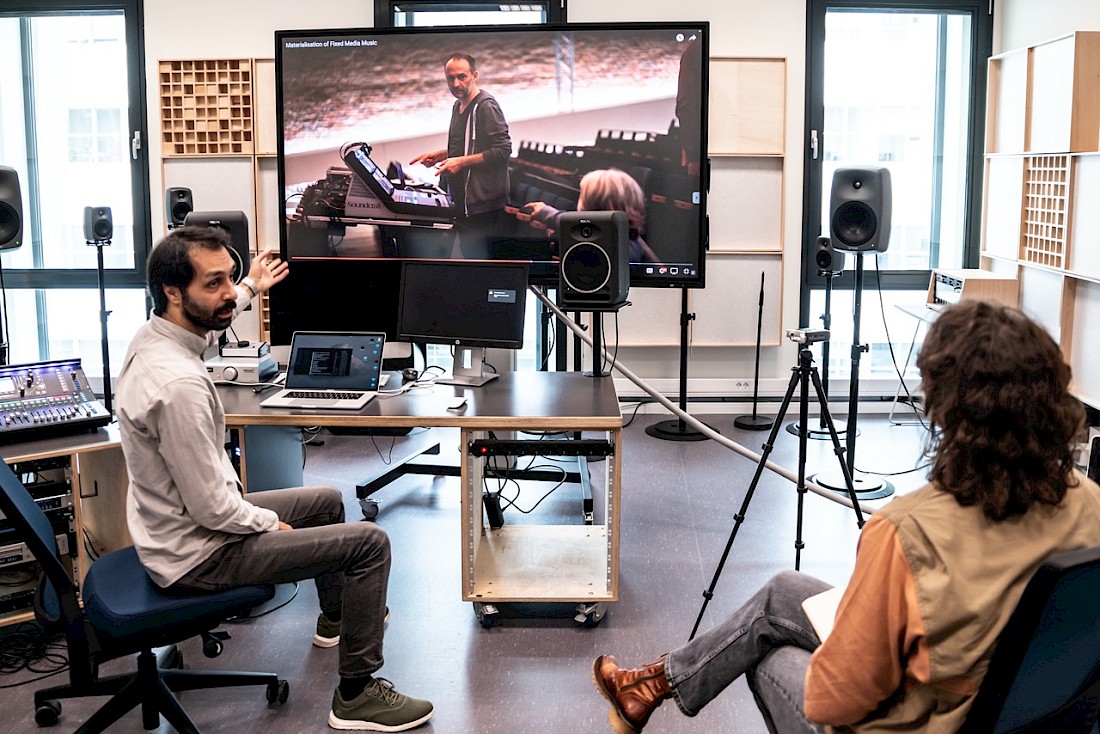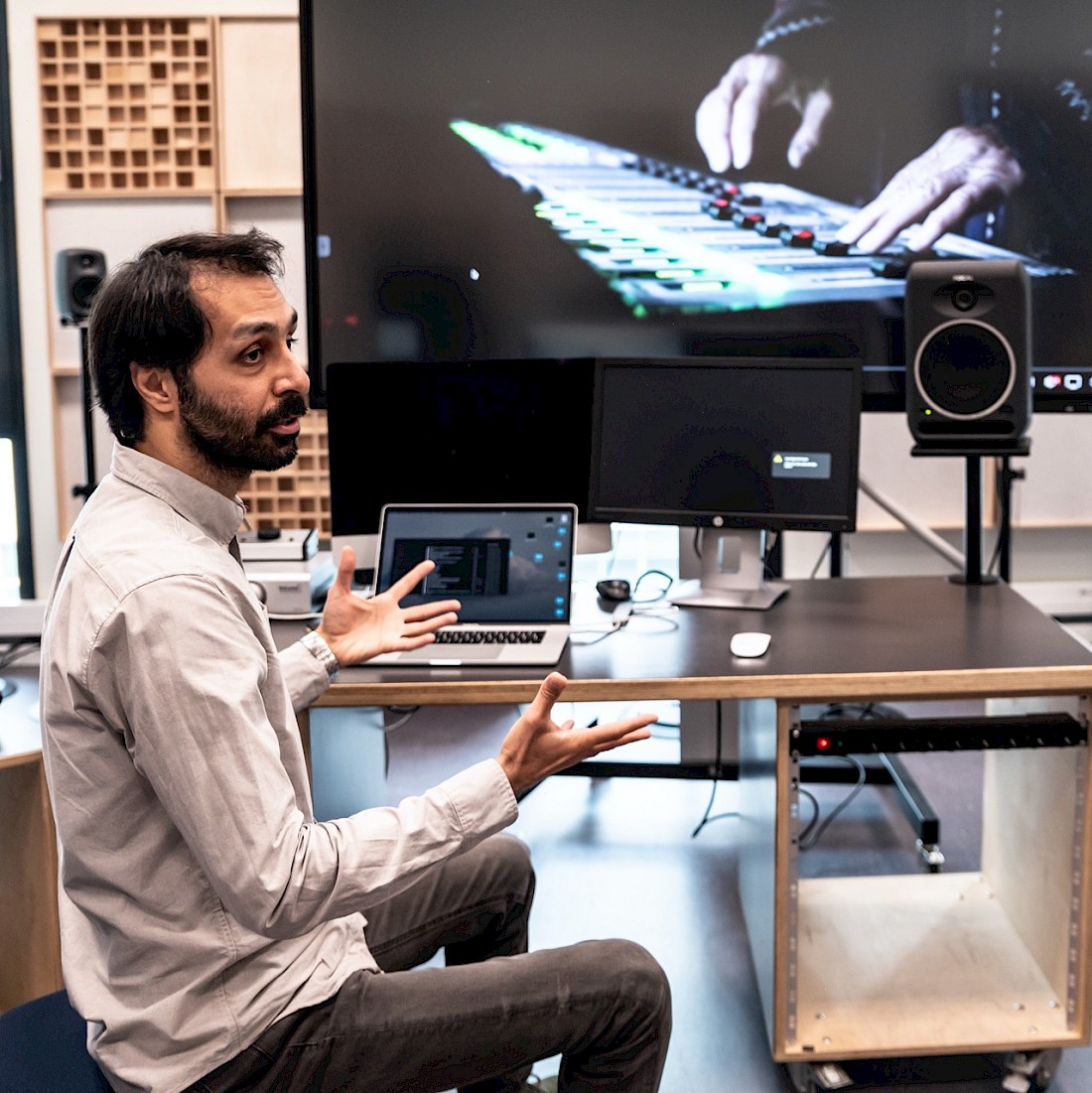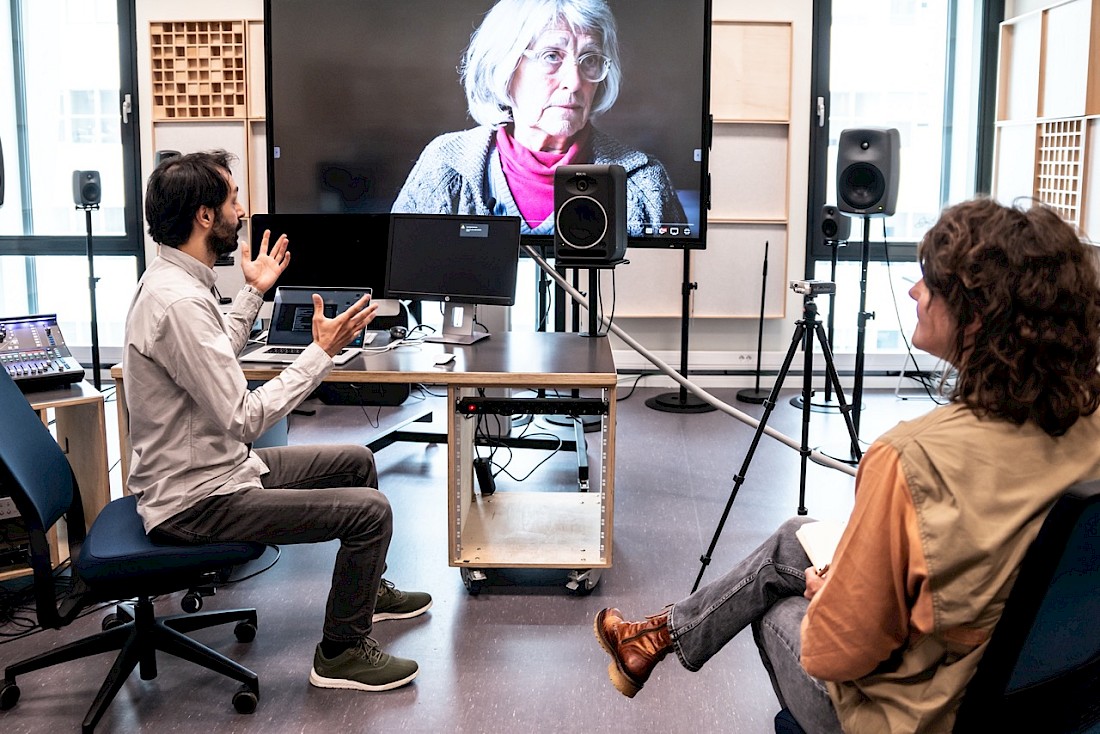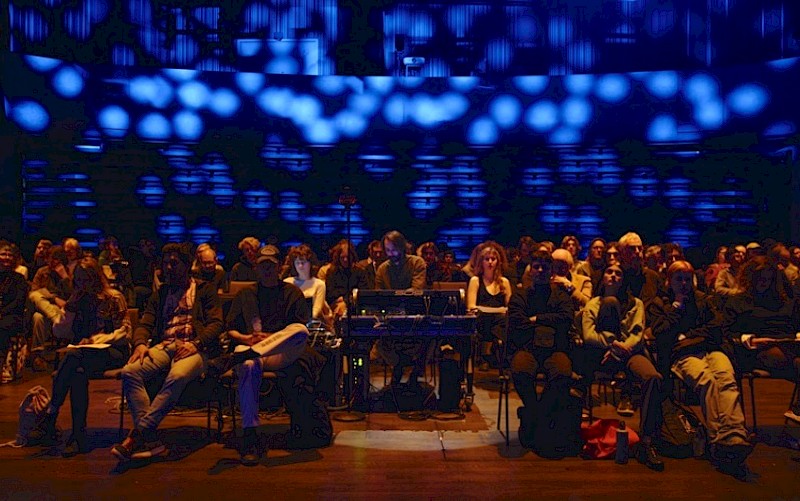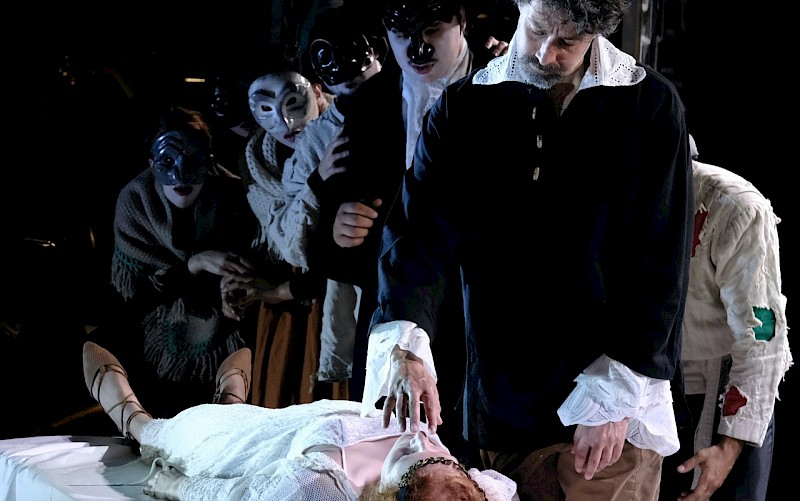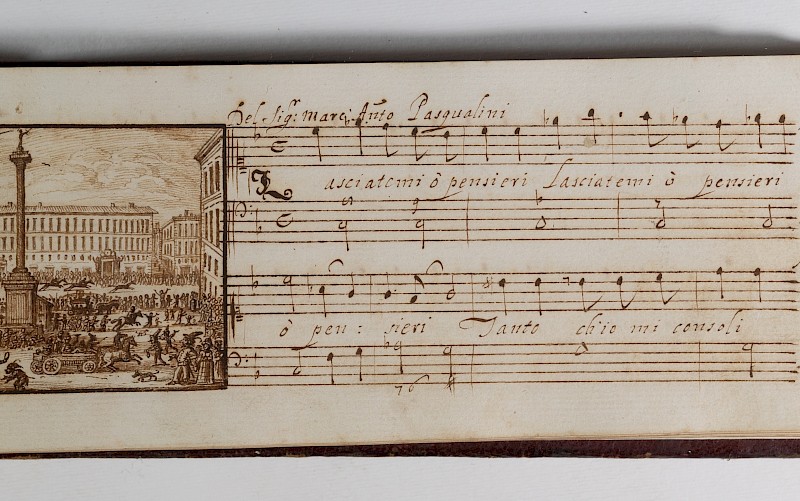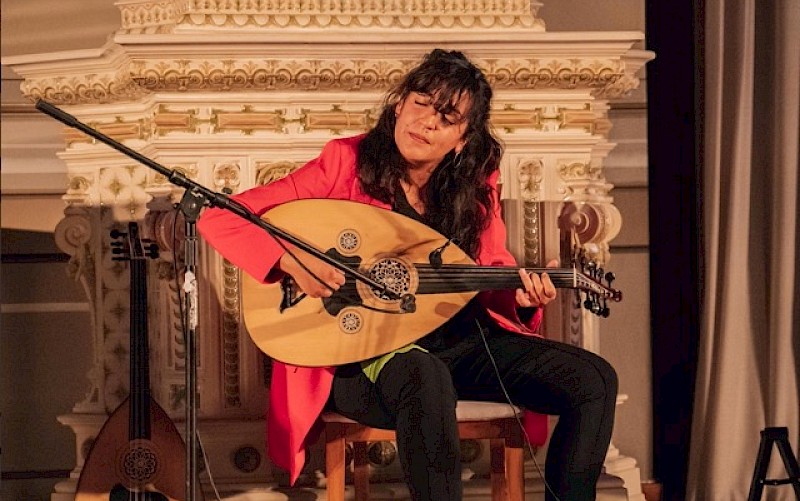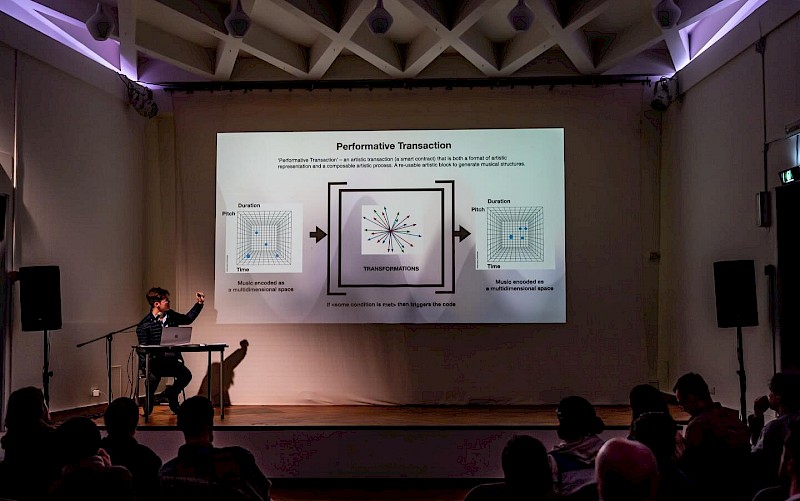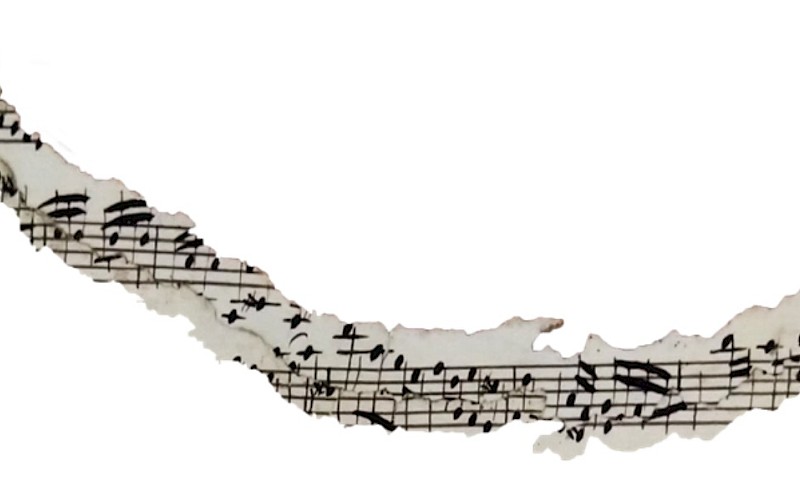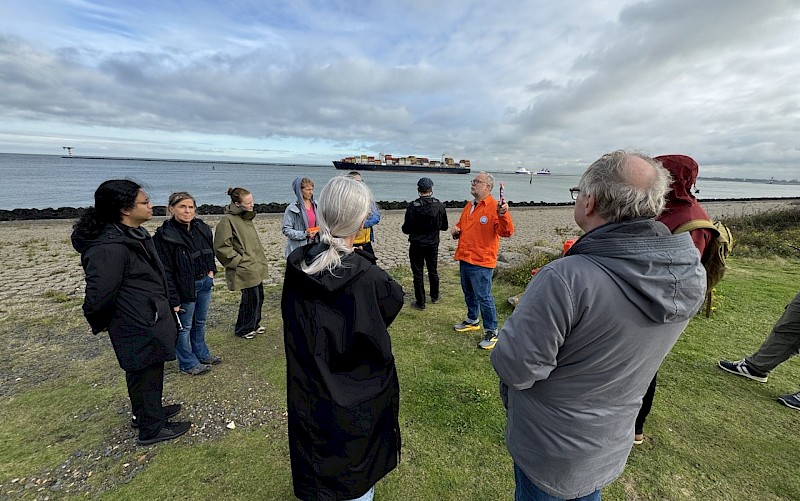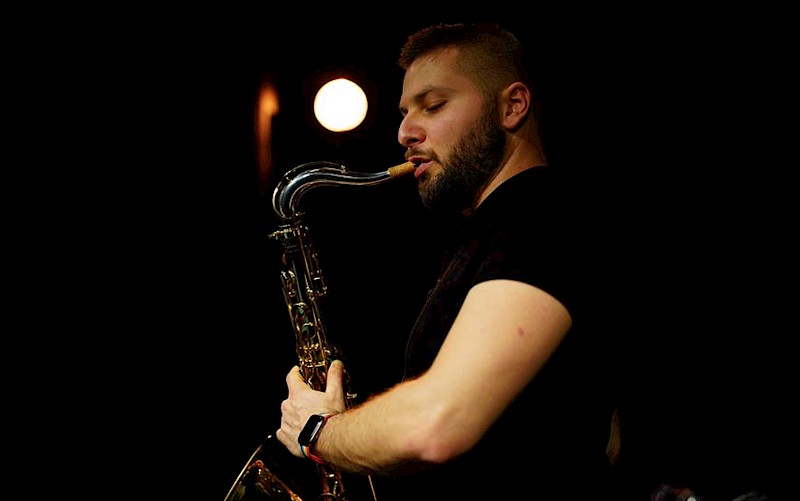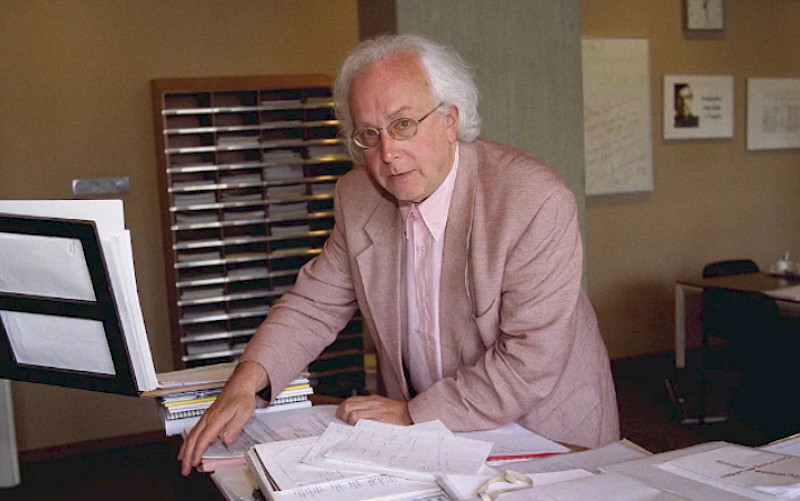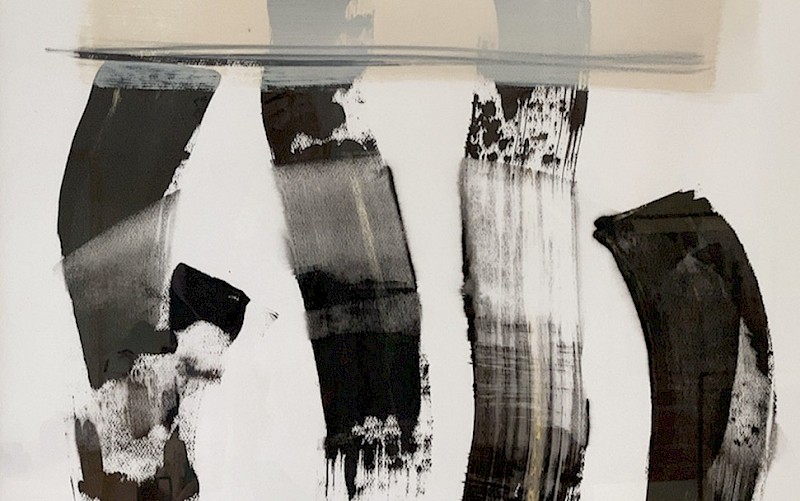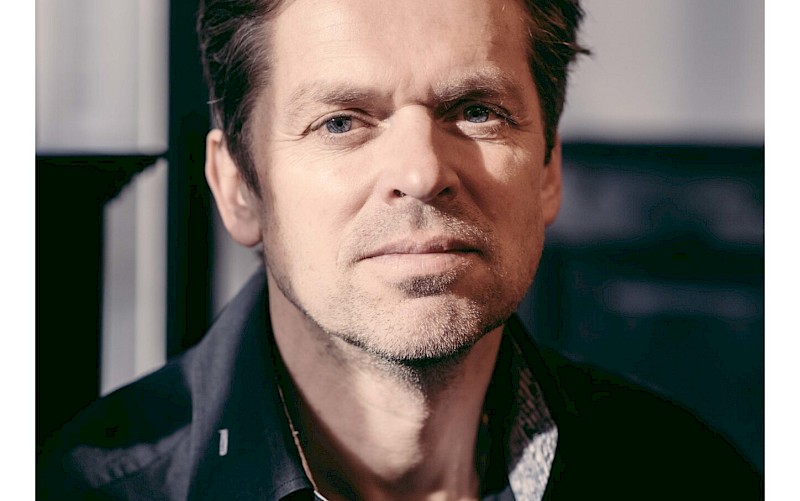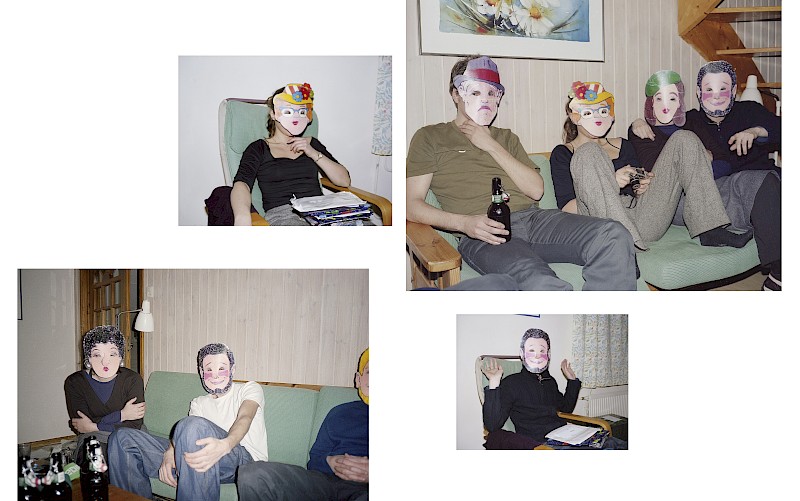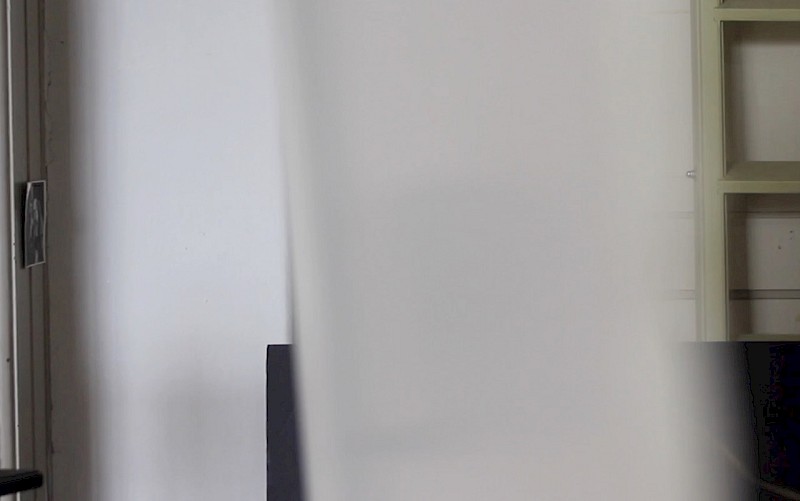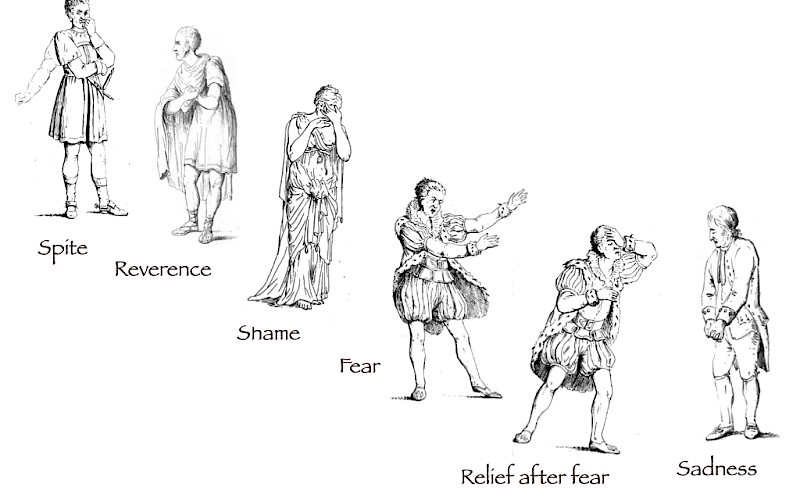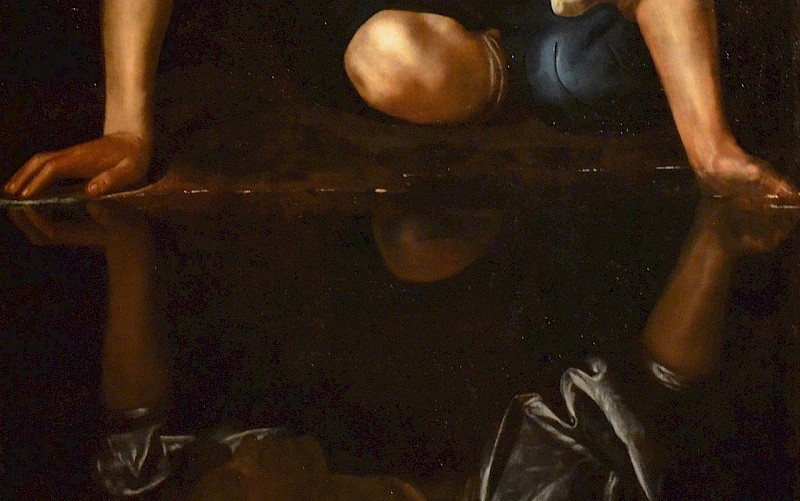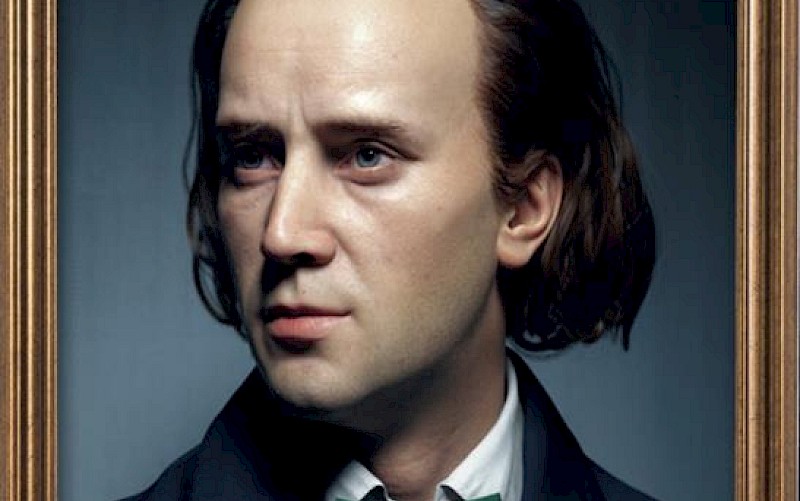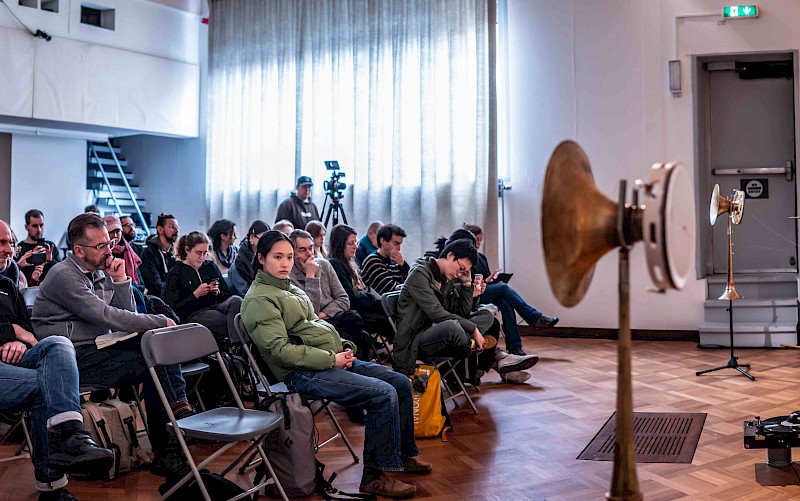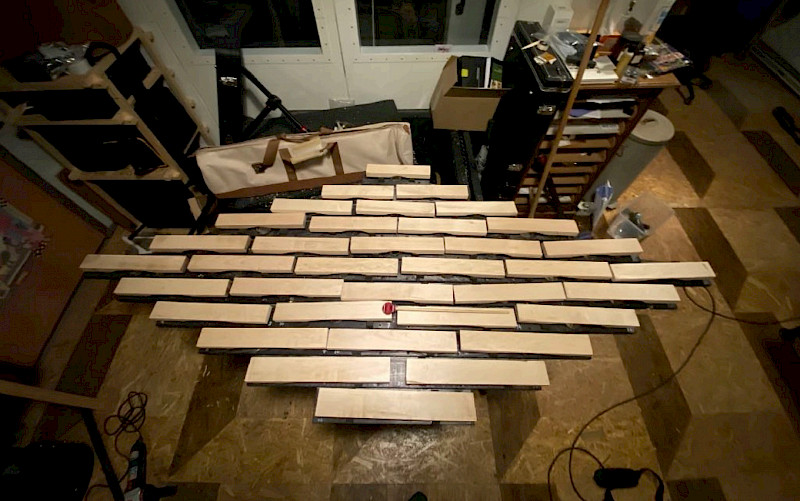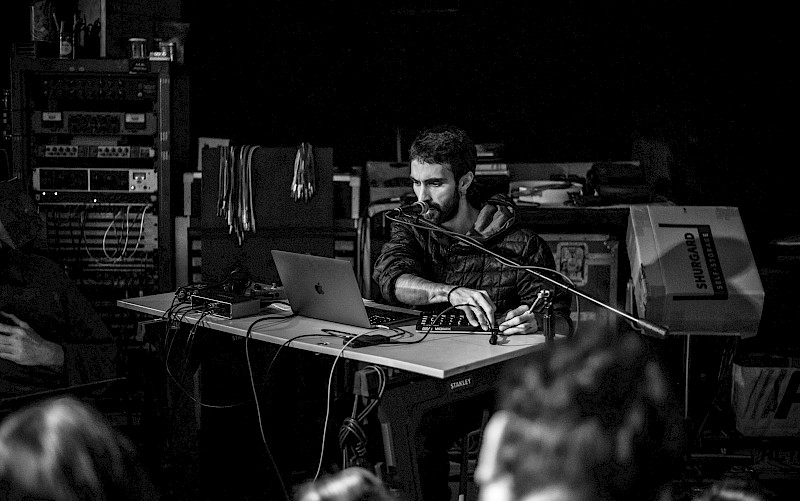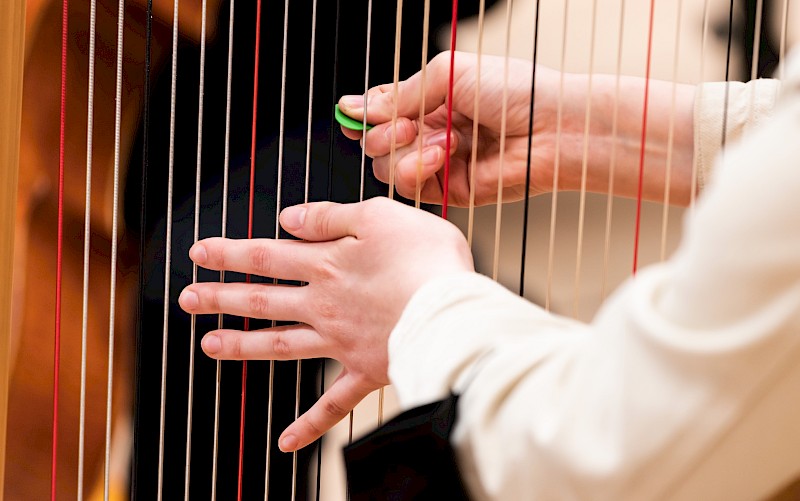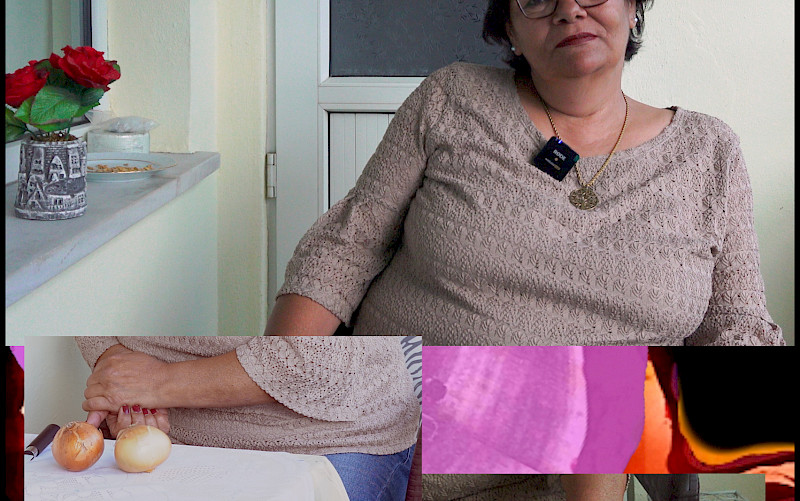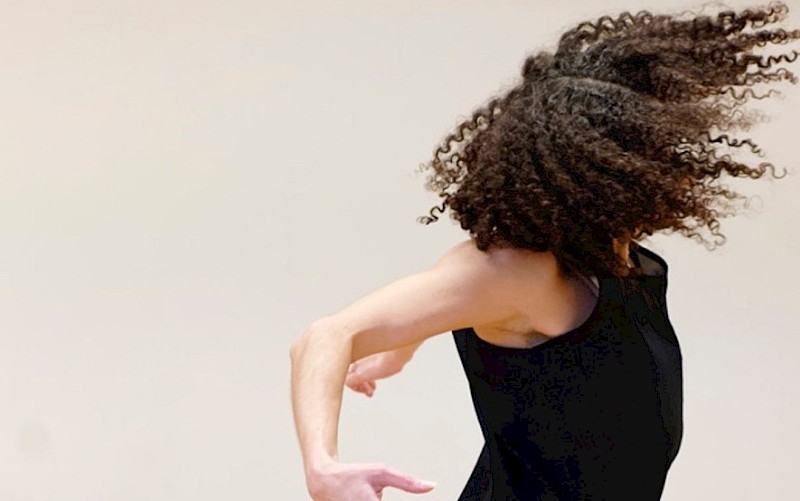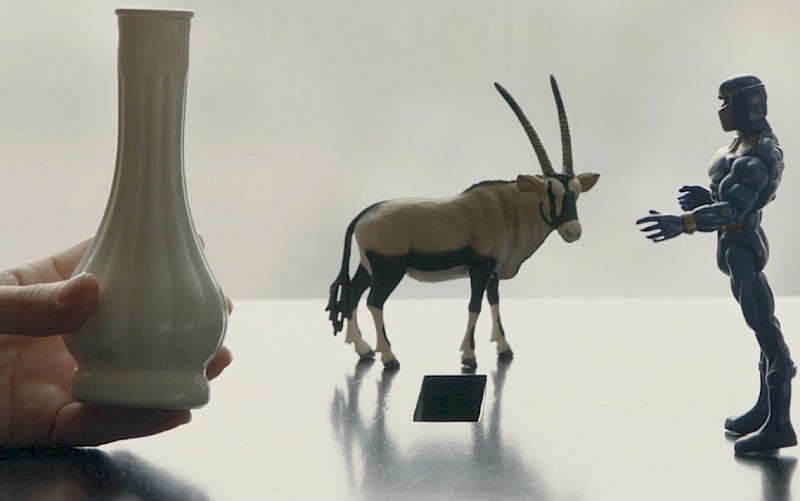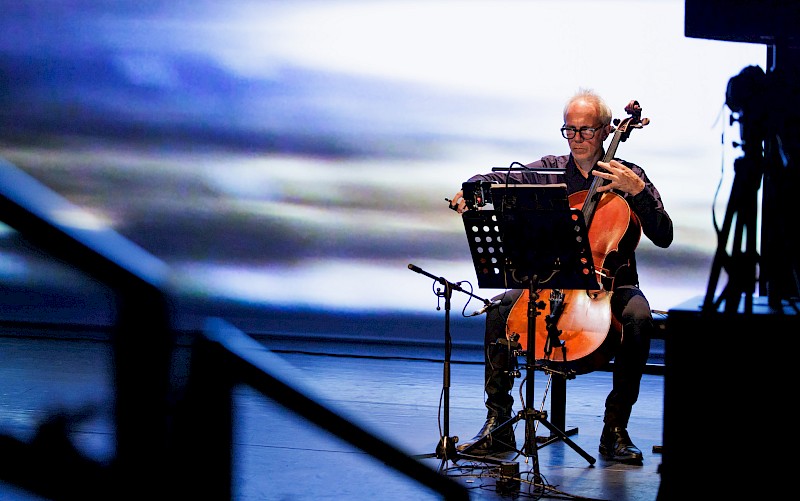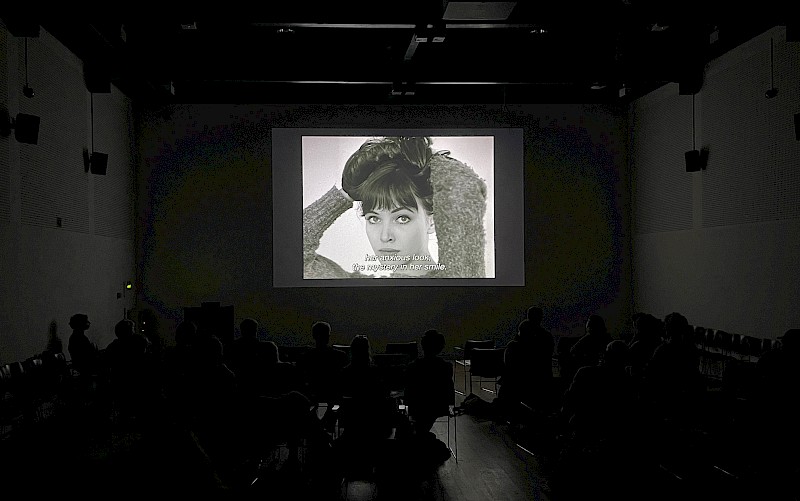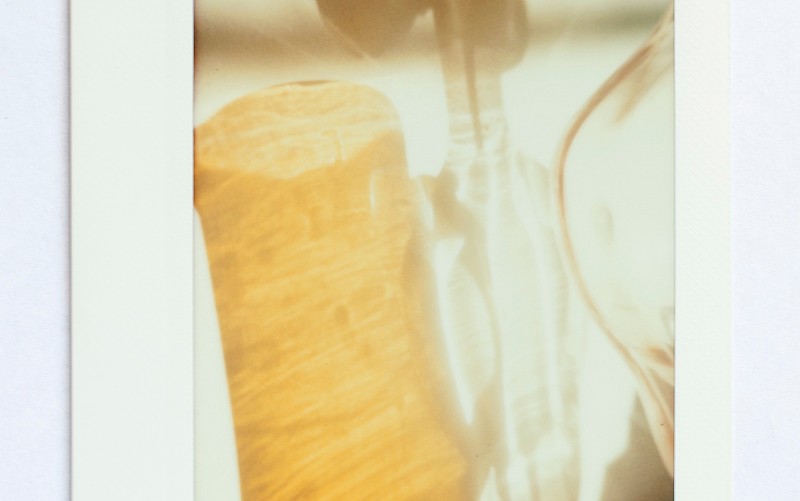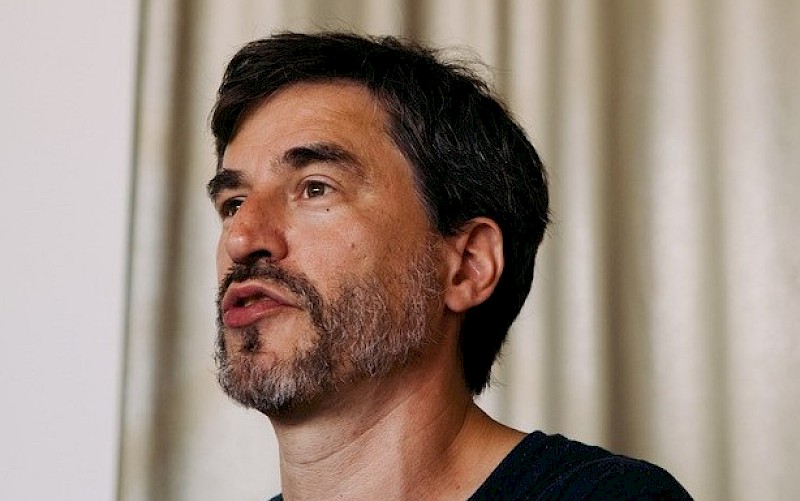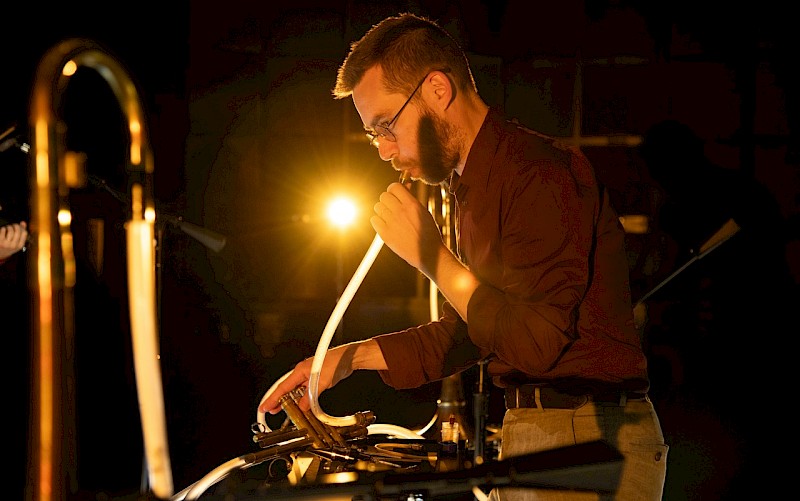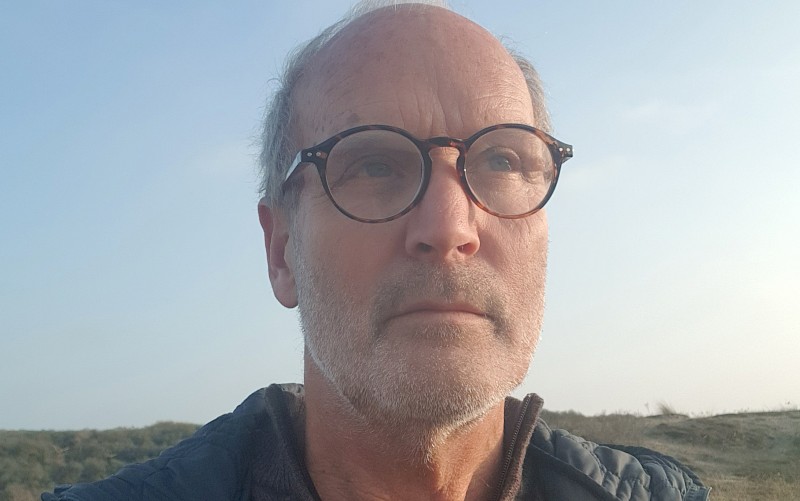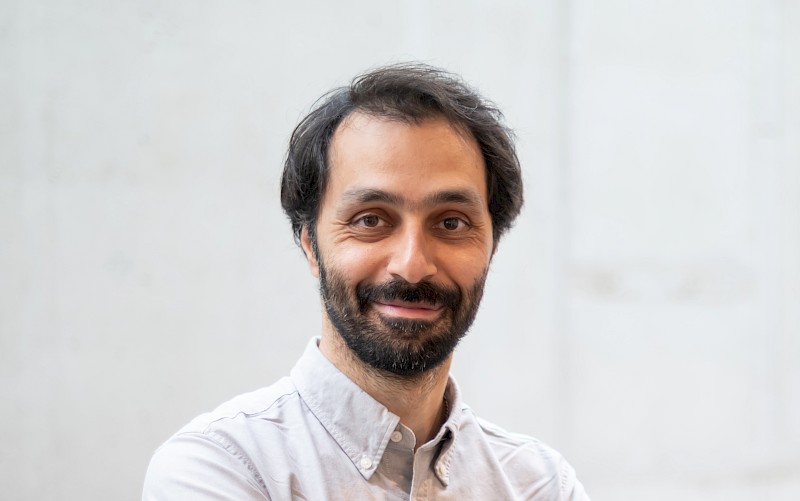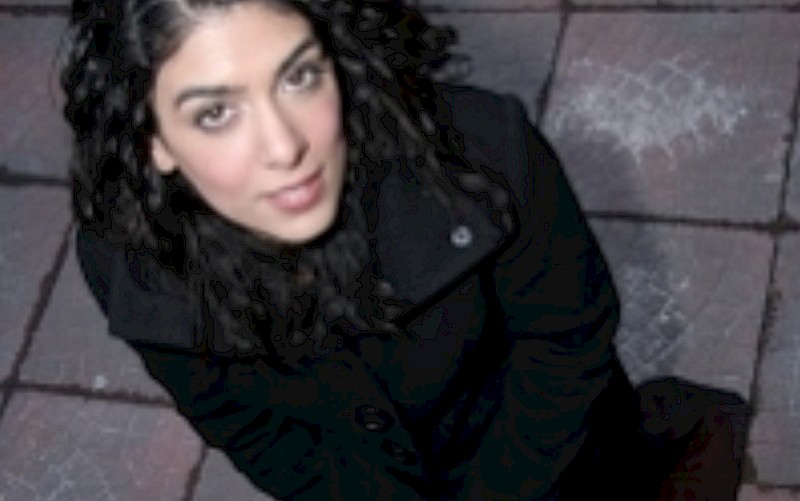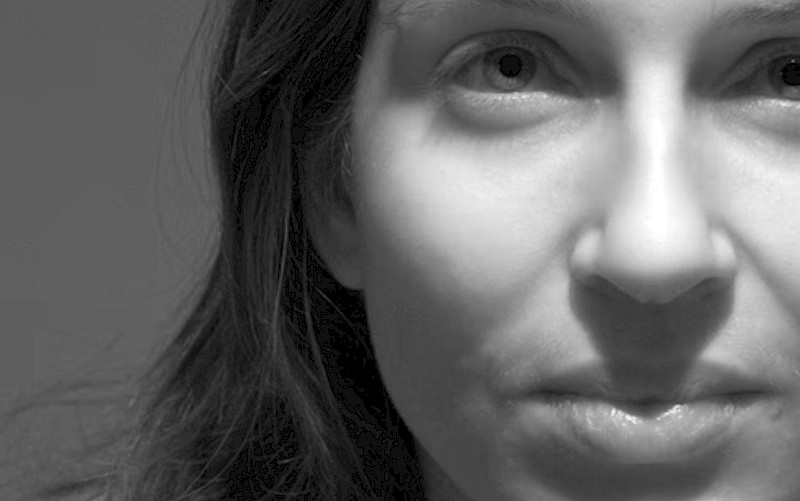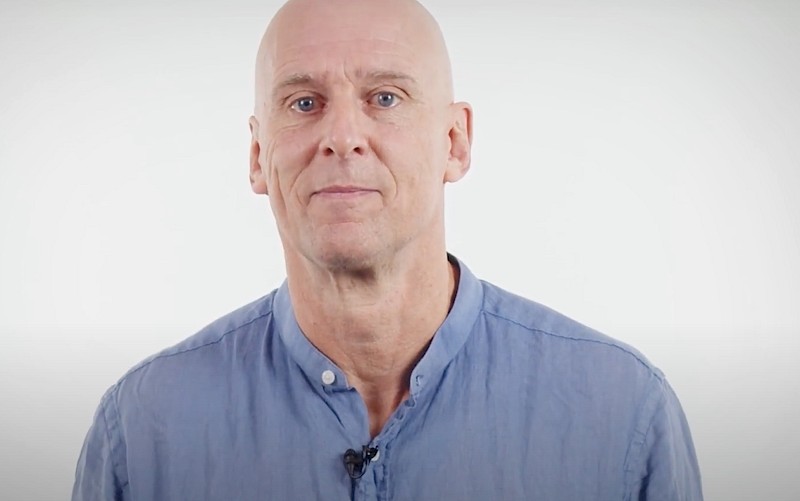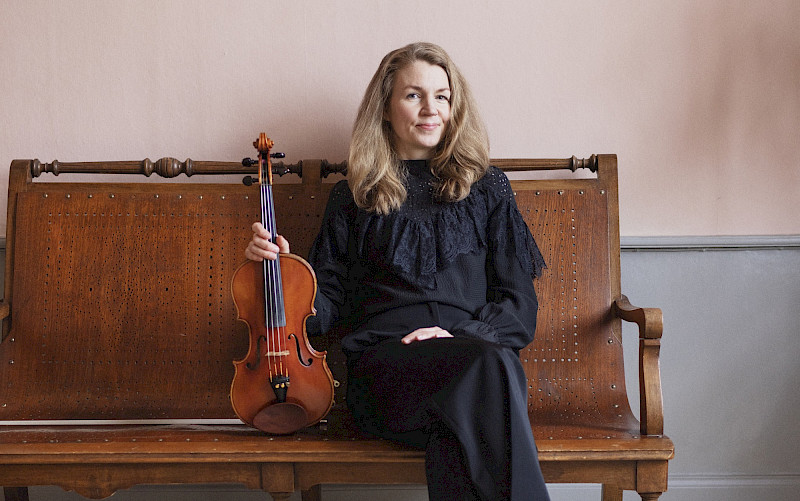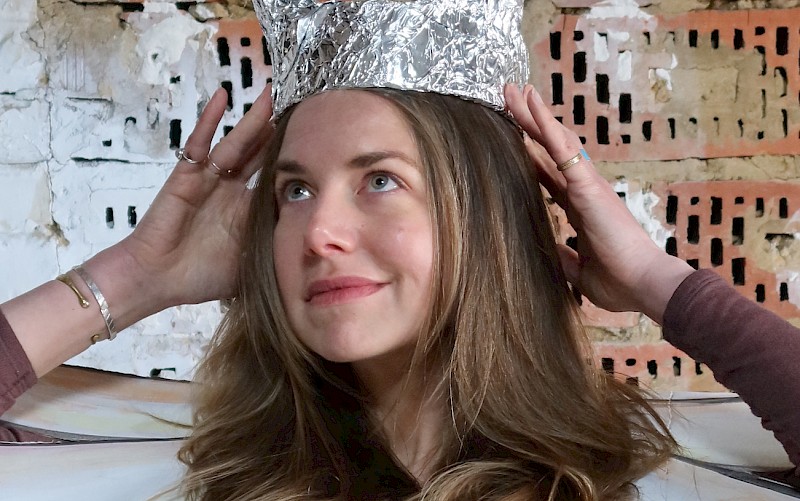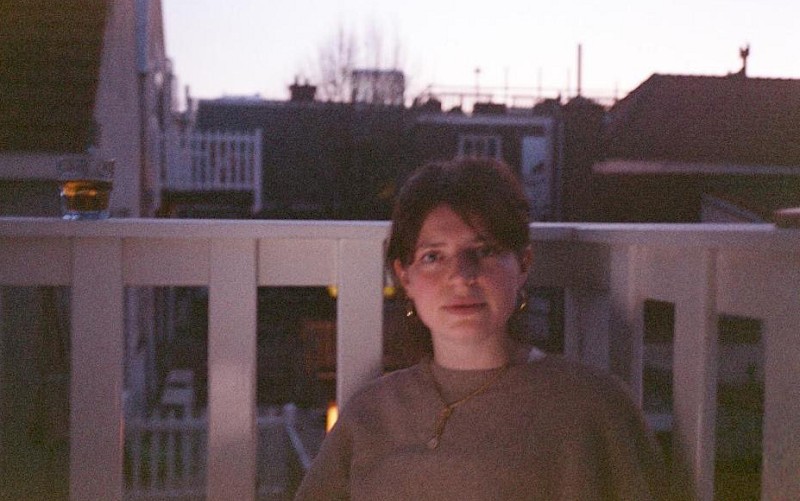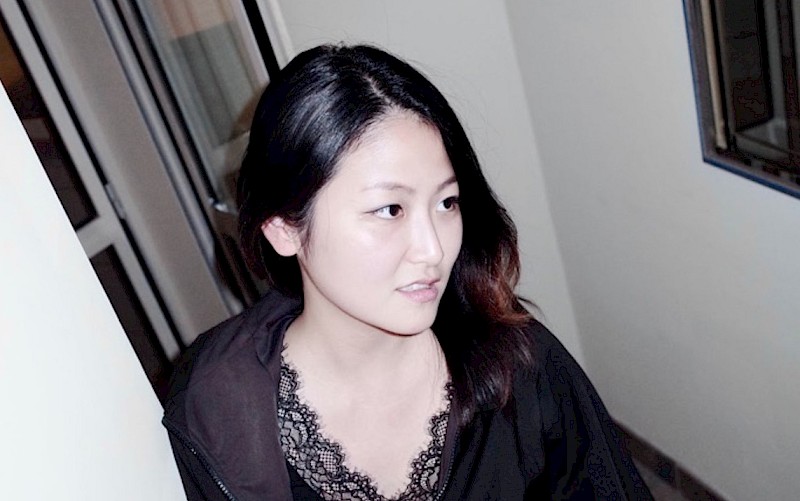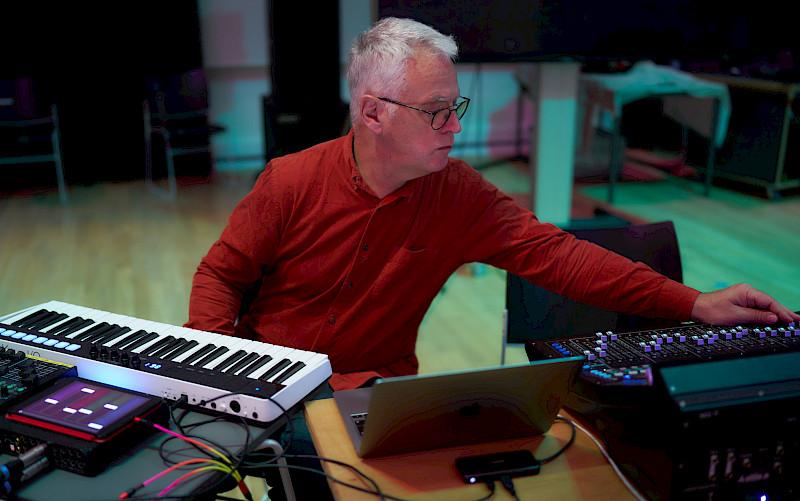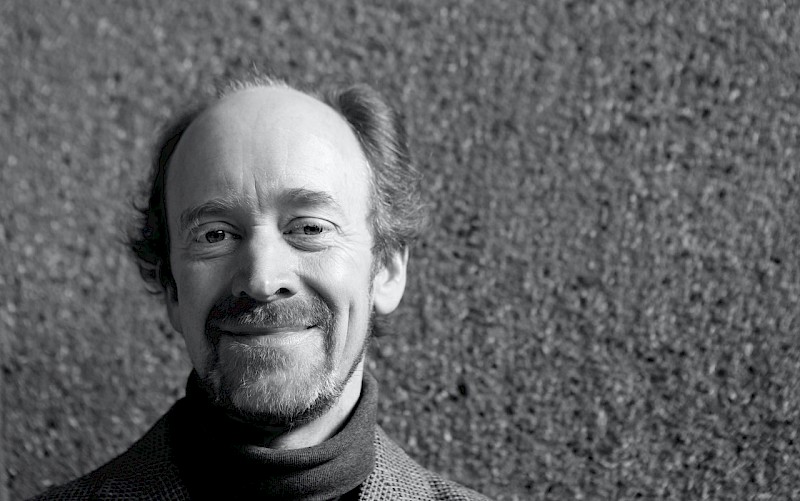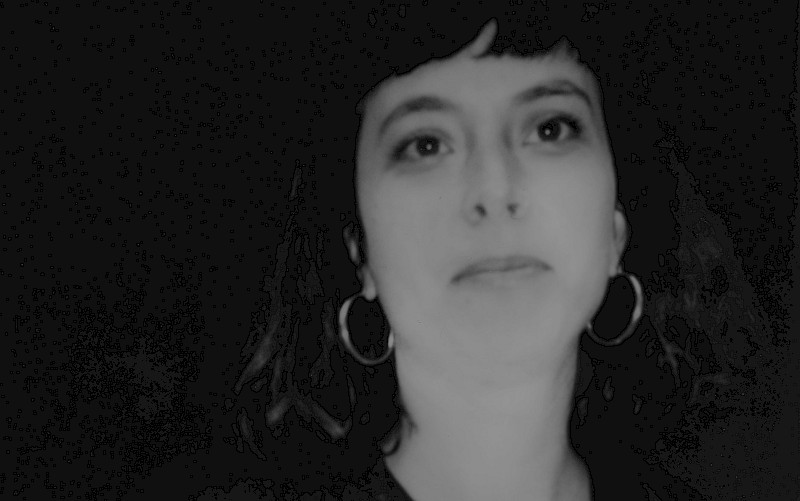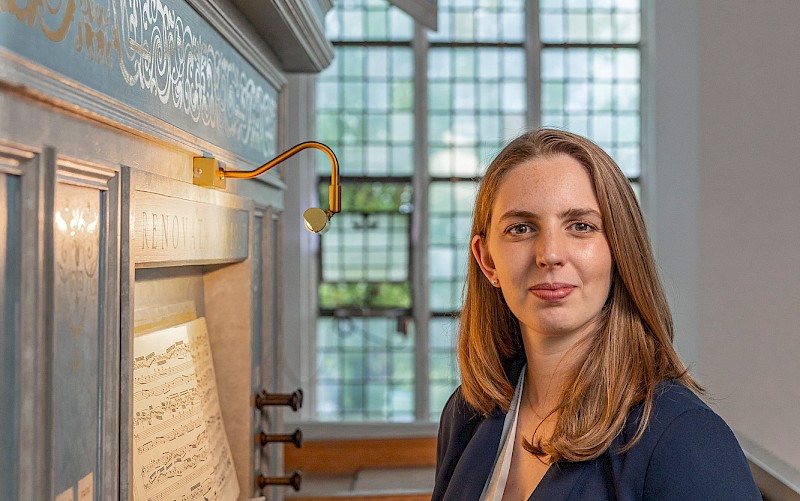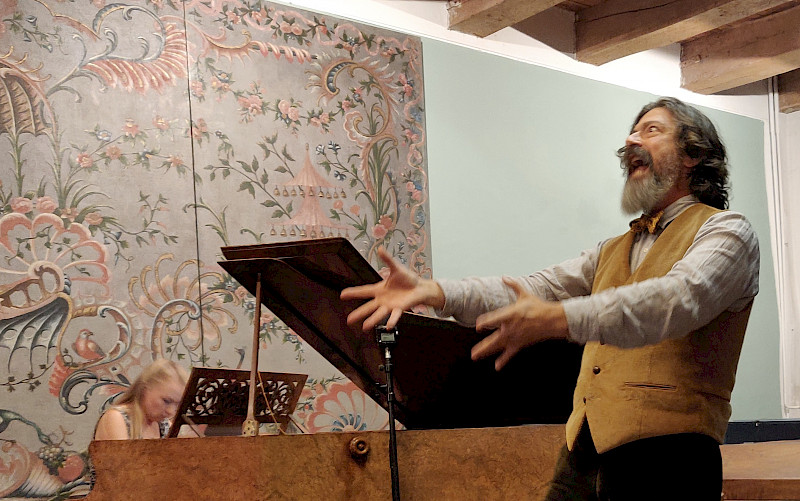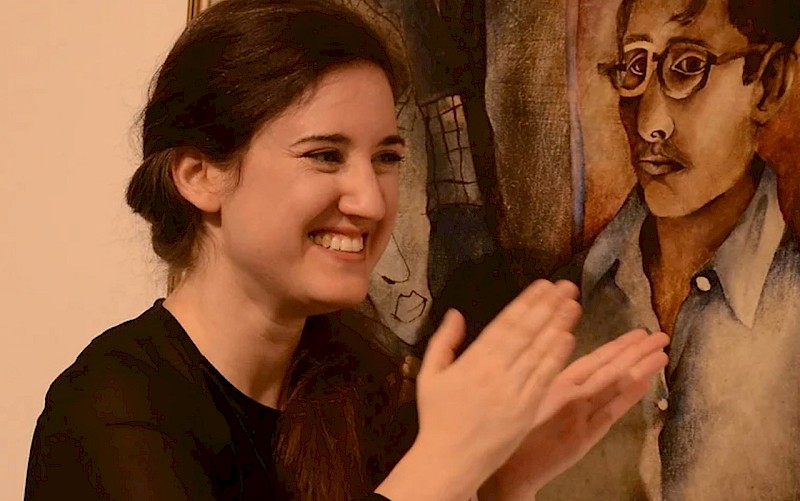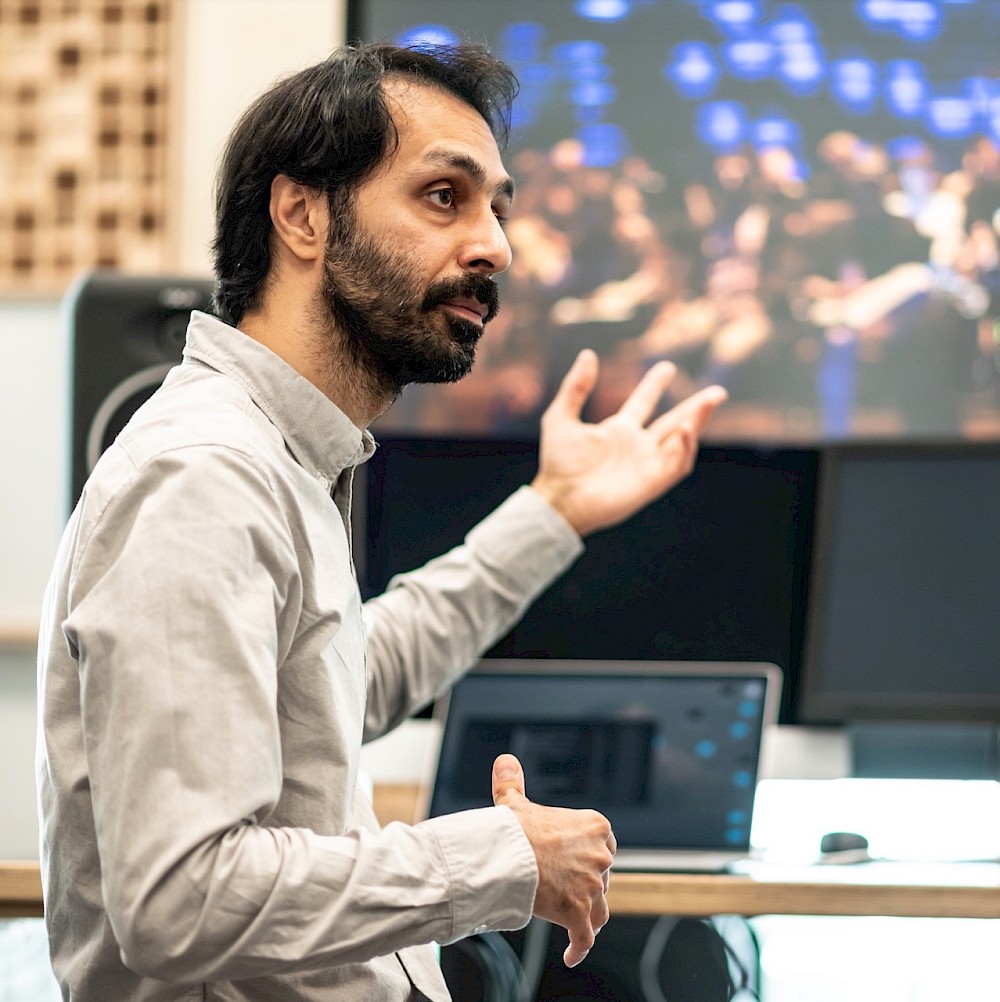
PARC Interview Series #1 Composer and Sound Artist Siamak Anvari
Siamak Anvari (Tehran, 1981) is a composer and sound artist based in the Netherlands. Three weeks prior to his PhD defence on 25 June and the presentation of his artistic work on 24 June, Lianne van Roekel speaks to him in his working studio at the Royal Conservatoire (KC) about the PhD process, the importance of the concept of atmosphere of German philosopher Gernot Böhme for his artistic work, his DIY research approach and working with the filmmaker Frank Scheffer as one of his PhD supervisors.
You graduated from the Institute of Sonology at the Royal Conservatoire in 2014, with a research thesis about composing music based on carpet design. You started your PhD two years later. Can you describe how you went from your master’s subject to your current PhD subject of ‘Materialisation of fixed media electroacoustic music’?
When I was developing the idea of making music based on carpet designs, I was already trying to approach music as something out there in space. This was a way for me to bring music closer to the visual aspects of a carpet. Historically, many of the carpet designs are in fact a representation of a garden, so I began to think about a piece of music as a garden, a place where the audience can be fully immersed and ‘wander’ in the music so to speak. That is why I focused on spatiality in my music, composing several multi-channel pieces for various loudspeaker configurations. Meanwhile, I gradually began to be more conscious about this process of composing pieces in the studio and presenting them in a concert hall, and I was intrigued by the stark difference between the two in terms of how the music was materialised. As these pieces are precomposed in the studio, there is no performer in the traditional sense, as in vocal or instrumental music. Nevertheless, these fixed media pieces needed to be performed for an audience in a concert hall in order to bring them into sonic reality. These concerns which emerged from my master’s research was eventually formulated in my PhD project that I began in 2016, essentially concentrating on the question of what performing means in the context of fixed media electroacoustic music, and what possible future forms it could take.
Can you explain how this initial idea for your PhD research has evolved in the last almost eight years and what kind of events have influenced your process?
A lot of things happen and change in life during such a long and intensive PhD trajectory. For instance, as my research is based on public presentation and concert situations, I could not do much for my research during Covid. This was difficult for the research process, but I started to do other things. I decided to compose more music, and do more reading. Looking back now, I can clearly see that my trajectory consisted of different phases: some periods of composing music, some periods of close reading of the literature, followed by phases of integrating video into my research and working on my audiovisual work, and of course some phases of writing. Gradually, all these components began to influence one another. The close reading inspired my audiovisual work, which in turn informed my research questions as well as my composing practice. At some point, a synergy between all these elements began to shape my research.
Can you give a specific example of the interaction between your research elements?
Obviously my artistic practice has been central to my research. As an example, the experience of performing my pieces in various concert situations helped me in my writing and formulating theoretical concepts. On the other hand, through reading, I came across the concept of atmosphere developed by the German philosopher Gernot Böhme, which totally changed they way I was looking at the concert situation, and in turn affected how I present my pieces. For Böhme, the concept of atmosphere as a new aesthetic provides an understanding of the concert situation based on a holistic approach as to how the various elements of the performance environment come together to generate the audience’s experience. This concept also affected the way I approached the visual material in my audiovisual work. When it comes to integrating video in my research, an interesting discovery for me was to realise that composing fixed media music and editing video are quite similar, because in both media you are working with timelines. When I started to include video in my research, I found myself in a quite similar situation to composing music, since I had to think about how the material develops and unfolds through time, and how to structure the final form, albeit with a different type of material.
It’s perhaps ironic, because the music I’m composing and researching constitutes an acousmatic situation, in which the visual aspects of sound production are absent, but on the other hand, I started to use video as a visual medium which might be considered as complementary to the lack of visual elements in my music. To give a more specific example about this interaction, through my close reading I came across this text from a lecture given by the historian Jacques Barzun in 1961 at Princeton University, where he was preparing the audience for their first experience of listening to electroacoustic music. I found this text quite fascinating and I decided to use it in the form of voice-over combined with some footage from the concert situation and audience of electroacoustic music of our time in order to demonstrate something about the public presentation of this music through this time span of more than 60 years.
'Gradually, all these components began to influence one another. The close reading inspired my audiovisual work, which in turn informed my research questions as well as my composing practice. At some point, a synergy between all these elements began to shape my research.'
Can you elaborate on using this, for you, entirely new media for your PhD research?
I was in search of new ways of doing artistic research, partly because I had difficulties in using words to explain and describe certain aspects of the concert situation of fixed media music. In my search, I found the medium of film and video quite fascinating and useful but I didn’t know much about it, so I had to get myself familiarised with this new medium. I started with recording some performances of myself, knowing that there is actually not much happening visually in the concert situation of fixed media music. It's often quite dark, and some audience members have their eyes closed. However, when I observed the concert situation through the lens of a camera, it helped me to rethink the concert situation and gave me a fresh view on the whole subject. I started to put the camera in different positions to observe from various angles, thinking what I can learn from documenting theses situations.
For example, at the beginning, I was more interested in how the fingers are working on the mixing desk moving the faders during a performance, which is of course very important. Later on, I realised there are other interesting things going on in the concert hall. I started to film the whole concert situation, including the audience and their reactions. This allowed me to better understand how people listen to that kind of music, and to realise that not everyone closes their eyes and sits still. Besides this observational material, I interviewed a number of experts in the field to get some first-hand information on how different composers deal with the issues that I was investigating. For instance, I met the well-known electroacoustic composer Beatriz Ferreyra (86) and documented her approach to preparing and performing her music in a concert hall in Berlin. I followed her and recorded her soundcheck and the actual concert. It was very interesting to go through all these steps with her. She's quite modest about what she does, but I was there and experienced her performance, which was amazing. Besides that, I also interviewed her and discussed the issues around composing and performing fixed media music with her. I also interviewed other composers who have different approaches, and documented the practice of some of them in order to establish a discourse between them.
Another mode in my research is what’s known as audiovisual autoethnography where I am researching myself as the practitioner by filming my performances and reflecting on them in the form of an audiovisual work. Taken as a whole, all these interviews and video documentations have had an effect on my thinking, writing and artistic work. I think there’s a lot of potential in using the audiovisual medium in artistic research. I believe that the combination of images, sounds and language (both in written and spoken from) offers an abundance of possibilities in articulating thoughts and ideas as a research tool, specifically when we are dealing with tacit knowledge. That's the reason I started teaching an elective at the KC, trying to inspire and help master’s students to integrate the audiovisual medium in their own research.
'I think there’s a lot of potential in using the audiovisual medium in artistic research. I believe that the combination of images, sounds and language (both in written and spoken form) offers an abundance of possibilities in articulating thoughts and ideas as a research tool, specifically when we are dealing with tacit knowledge.'
How do you define your final PhD artistic work ?
That's the question I'm still dealing with. I prefer not to call it a documentary or a film, but would rather see it as a possible way of doing artistic research in which I'm using all the resources that I have at my disposal as a composer/researcher who has learned how to work with other media. I have been inspired by the concept of the docu-concert developed by the filmmaker Frank Scheffer, who combines a live concert experience with some filmic interludes about the music, the composer or the performer. Docu-concert changes how you experience the music as a result of this juxtaposition. Being inspired by that, my audiovisual presentation is a combination of a concert and screening, in which I am performing my compositions combined with the audiovisual materials I mentioned earlier, switching between a concert situation and watching the video and sometimes blurring their boundaries.
Can you tell us more about the way in which the collaboration with Frank Scheffer, and others, has influenced your research?
I have always been inspired by Frank Scheffer’s documentaries on new music, and that is why I contacted him (he later became my co-supervisor) to ask if he knew someone who could help me make this film I had in my mind. During our first meeting, he suggested that if I did it myself it would give a more personal perspective to my own practice. The result would be quite different if done by someone from outside who is not familiar with the field. So, this is how I adopted this DIY approach to filmmaking as a composer/researcher, which played a crucial role in understanding my own research and practice. The disadvantage of the DIY approach is, obviously, that you need to do everything yourself and it can at times become quite demanding and stressful. I know that collaboration is the key in cinema and filmmaking, but my research trajectory is a different story. It has been rather a solitary process. In terms of collaboration, it’s been more about creating concepts together. And then once you have the concept, you can do it yourself. Frank Scheffer also taught me valuable lessons in filmmaking which I cherish.
'In terms of collaboration, it’s been more about creating concepts together. And then once you have the concept, you can do it yourself.'
Can you give us a hint about the preparation for your final PhD presentation, created in a new circumstance, on June 24?
Even though I have already presented many versions of this audiovisual work, I'm still trying to do some new experiments in my final version. Meanwhile I have recorded new interviews, and new visual material, and have composed new music, so all these will be integrated into the final version. At the same time, I prefer to consider it more as a work in progress.
